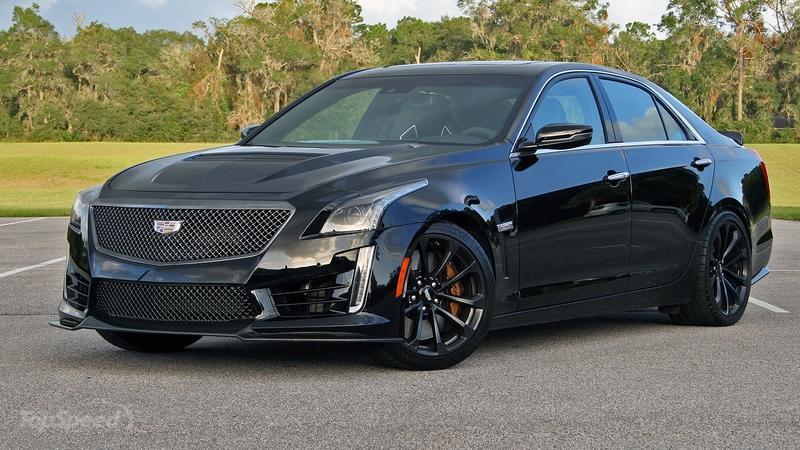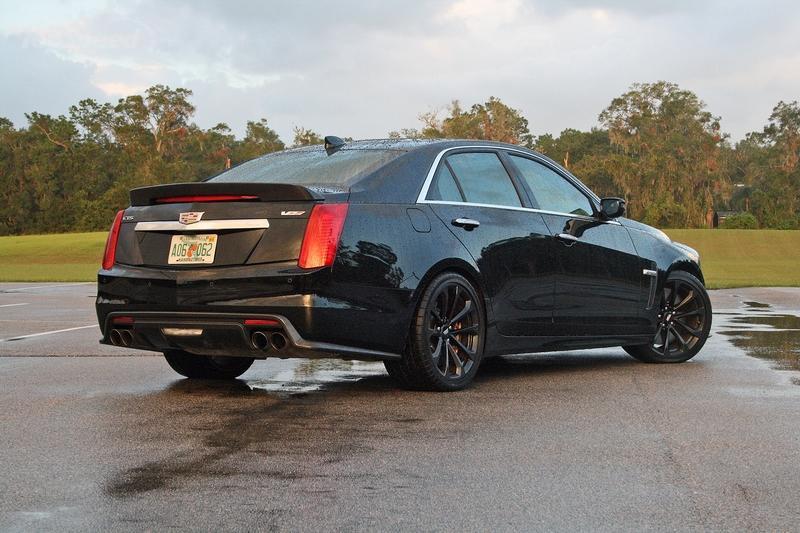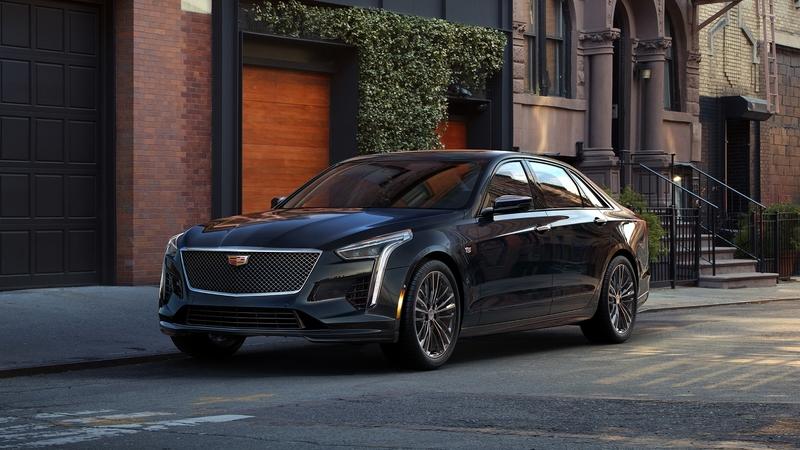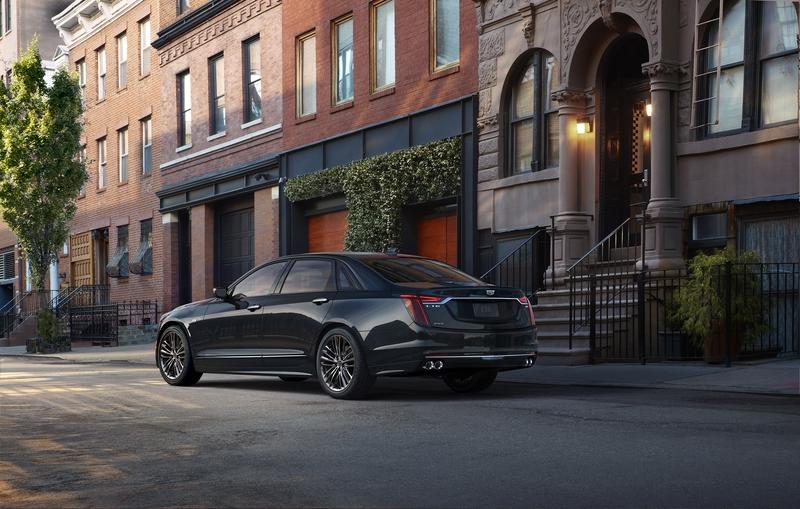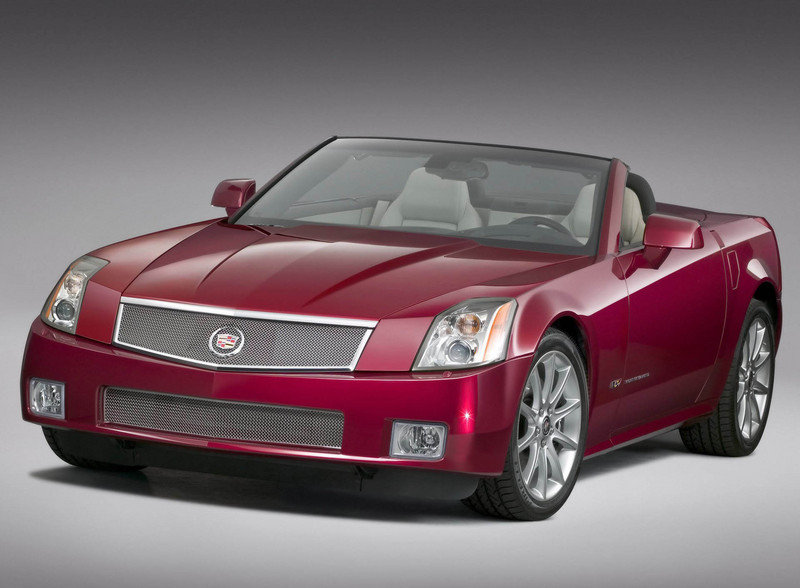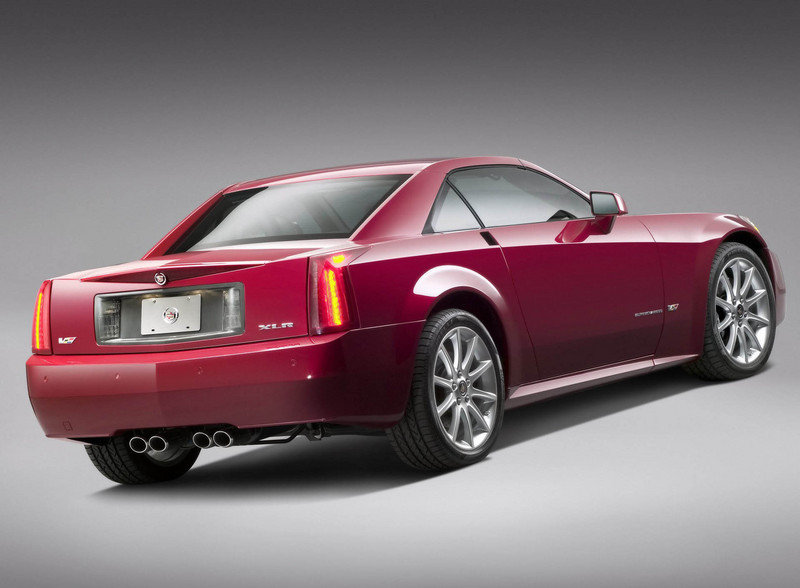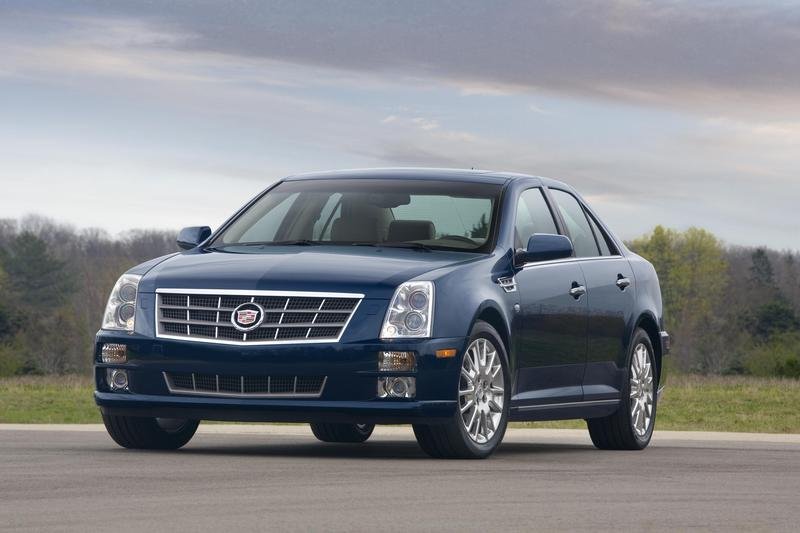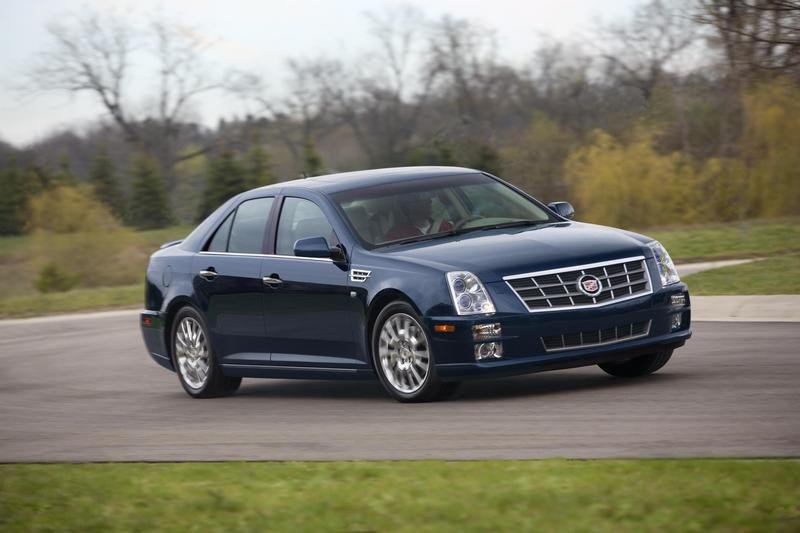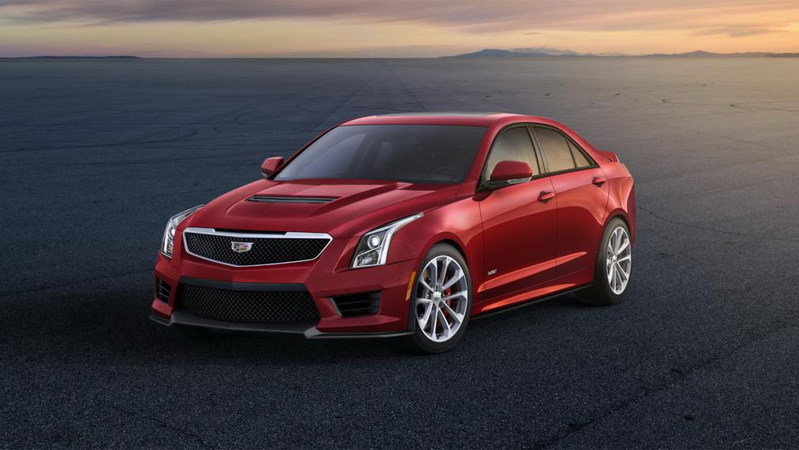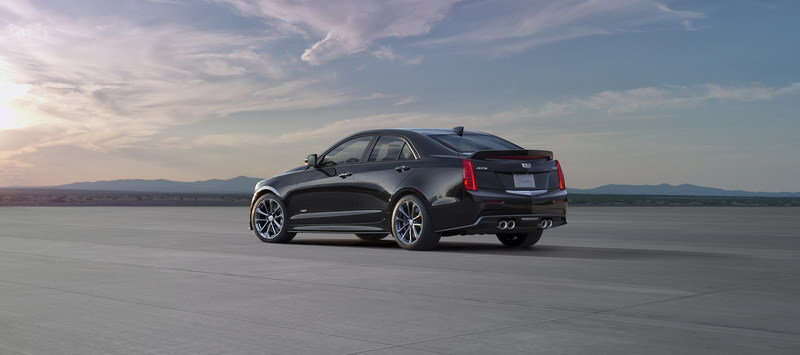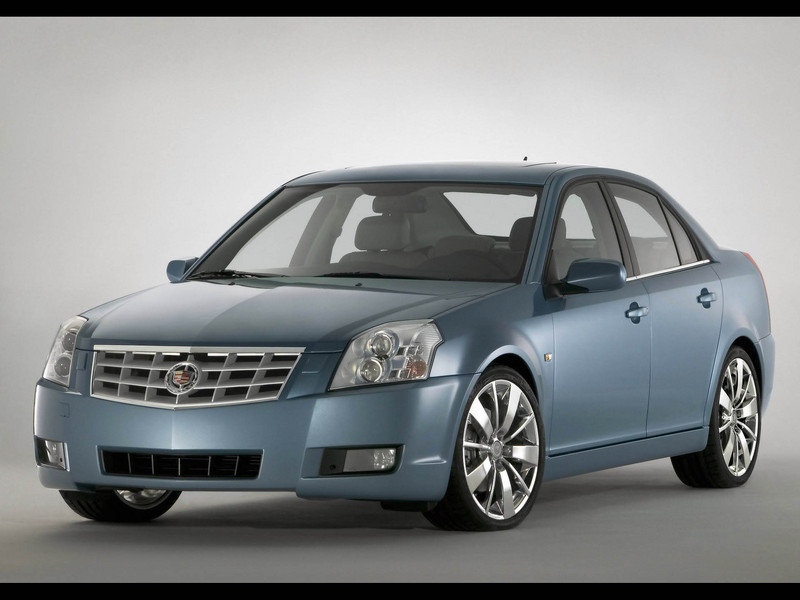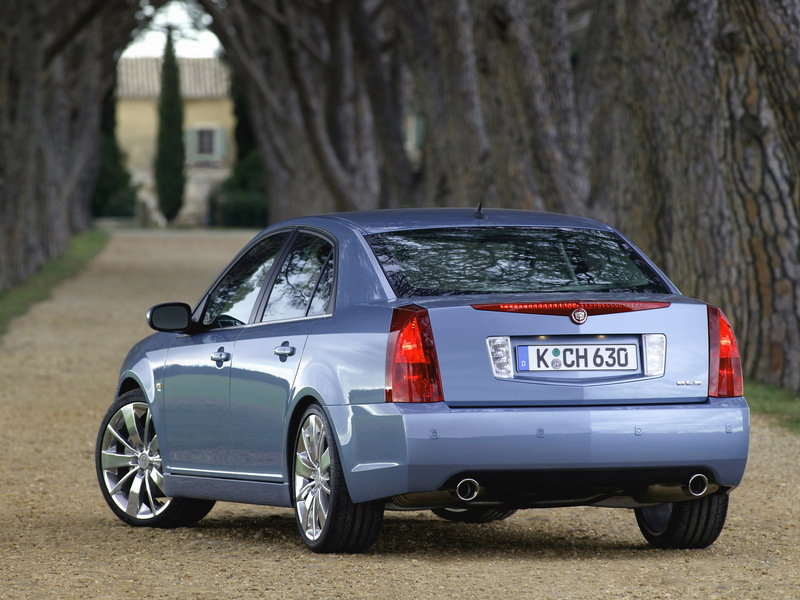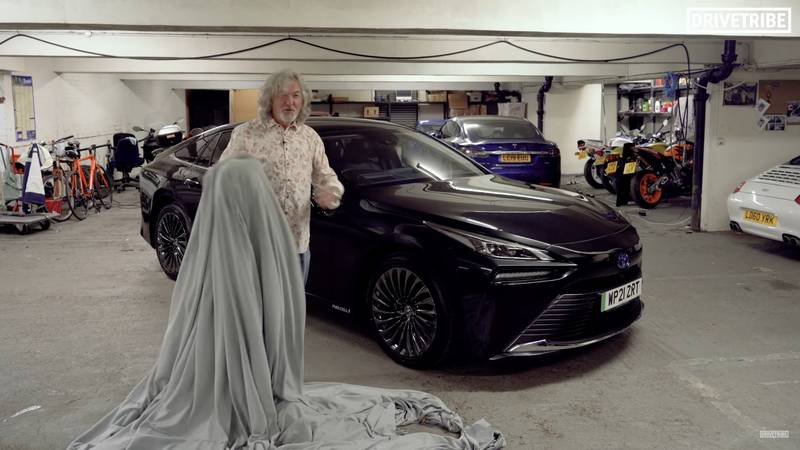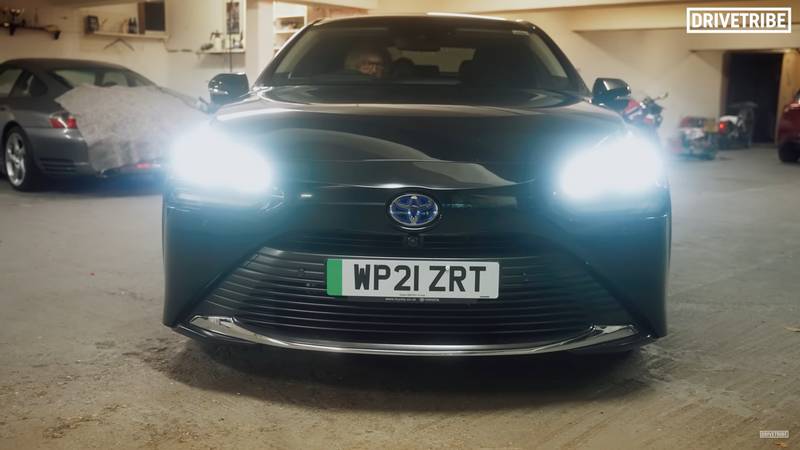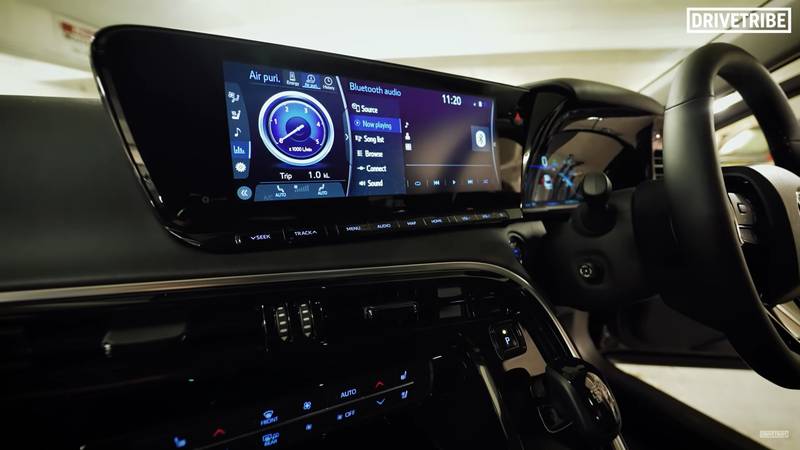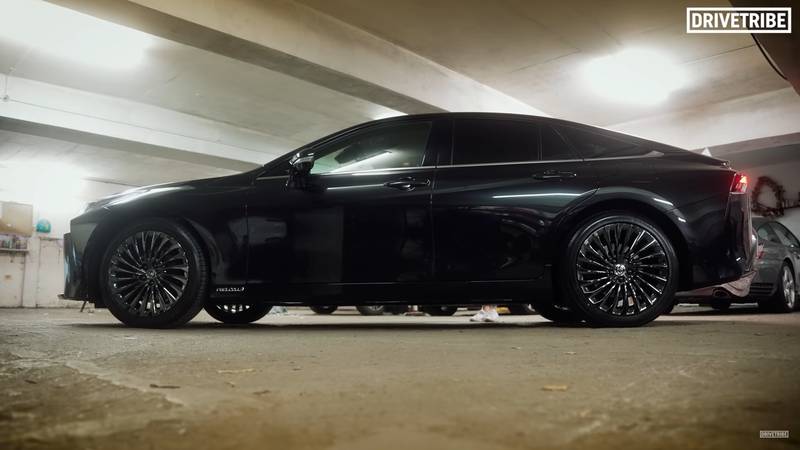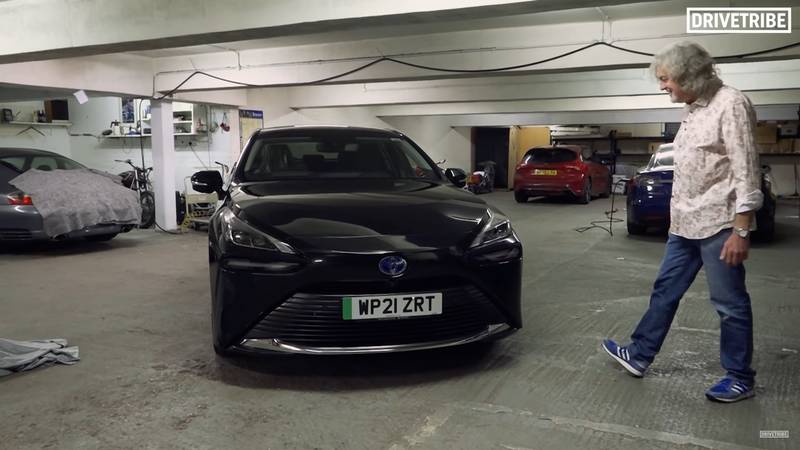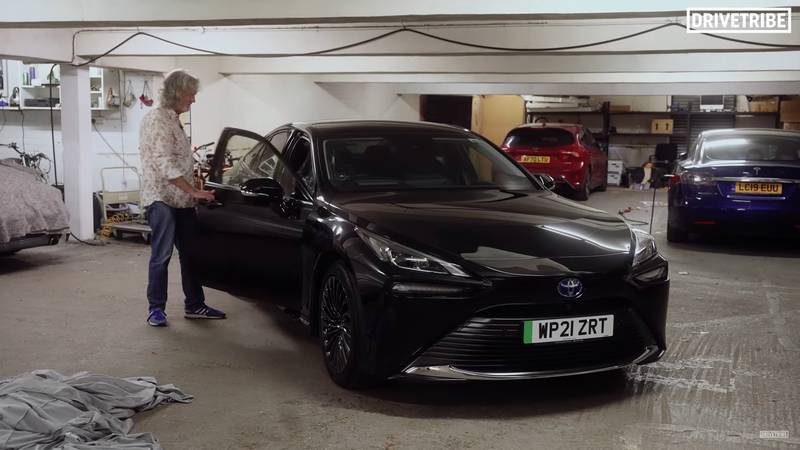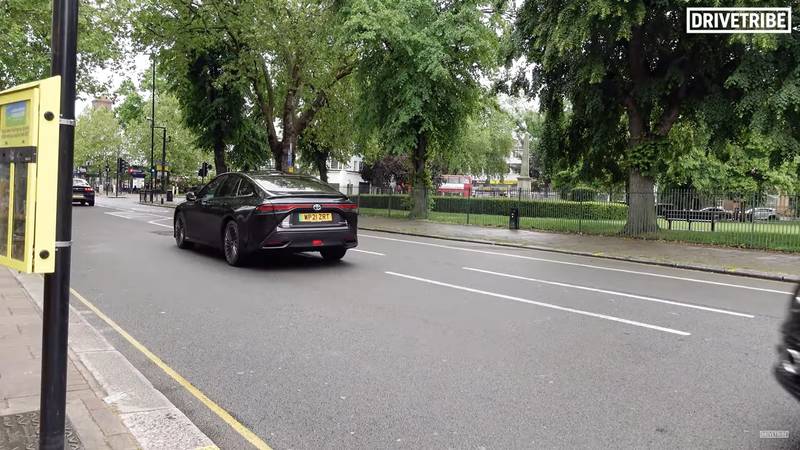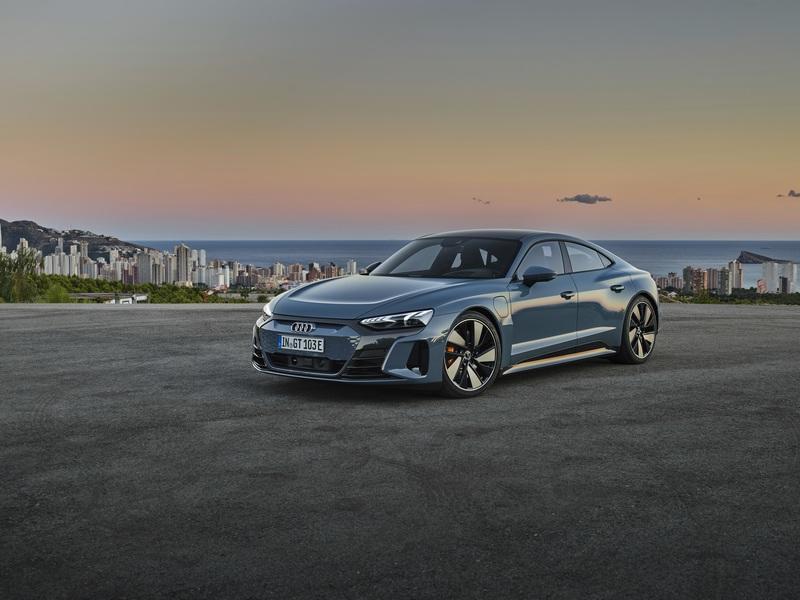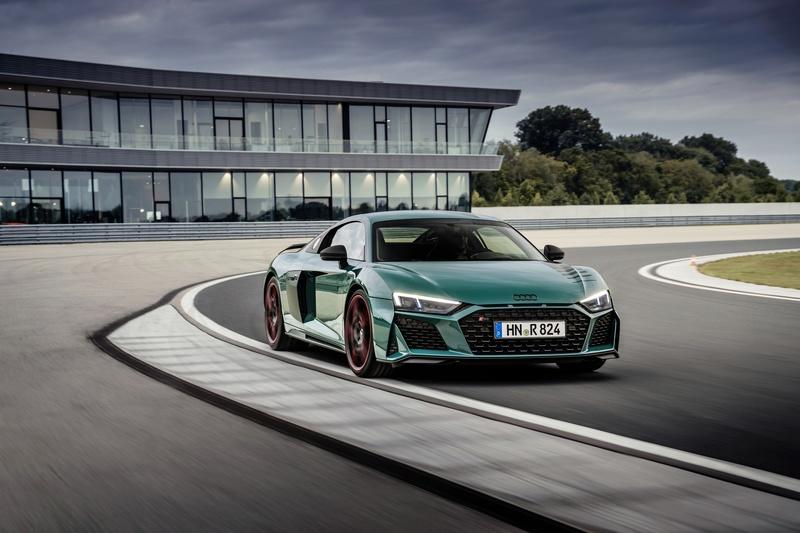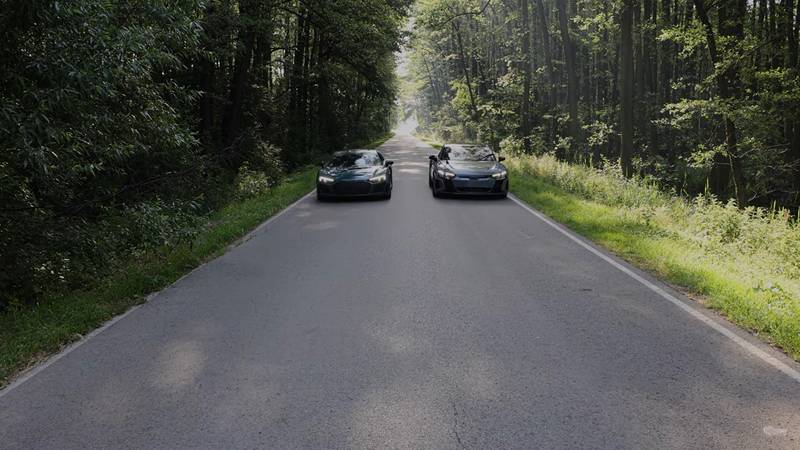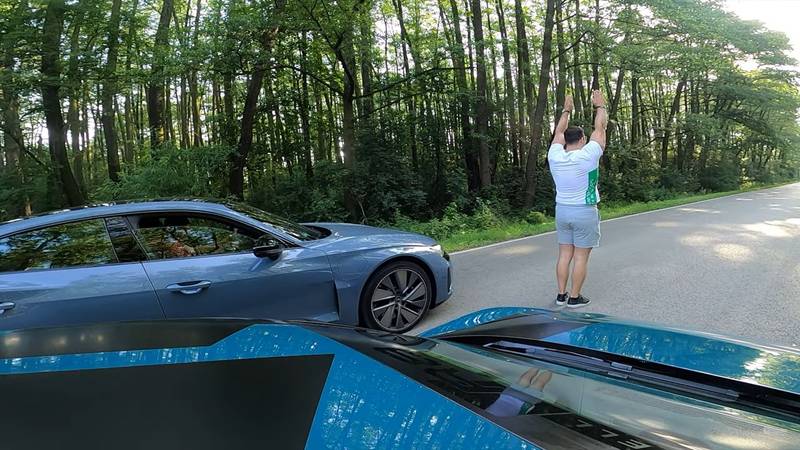Unsurprisingly the first model on the list is the popular Cadillac offering from the NFS Most Wanted game. The CTS-V has a supercharged 6.2-liter V-8 engine rated at 640 horsepower. It also manages an acceleration of 3.6 seconds to 60 mph The steering is characterized as accurate yet a touch heavy, but the brand makes up for that with a stable suspension. Power is delivered to the rear tires via a smooth eight-speed transmission as well. The CTS-V comes in wagon and sedan body styles, so it is possible to have both speed and utility.
| Engine | 6.2L supercharged V-8 |
|---|---|
| Horsepower | 640 HP @ 6,400 RPM |
| Torque | 630 LB-FT @ 3,600 RPM |
| Transmission | 8L90 eight-speed automatic |
| 0 to 60 mph | 3.6 seconds |
| Top Speed | 200 mph |
Read our full review on the 2018 Cadillac CTS-V Sedan
The Blackwing is one of the automaker’s flagship models, with only 600 cars equipped with the twin-turbo V-8 engine. The name comes from the Merlette blackbird, which is illustrated on the original Cadillac crest. The 4.2-liter engine produces 550 horsepower, so the Blackwing reaches 60 mph within 4.1 seconds and the quarter-mile in 12.4 seconds; not a bad result for an unmodified production car. The transmission is a ten-speed hydra-matic, which is intuitive and features impressively rapid shifts.
| Engine | 4.2 L twin-turbo V-8 |
|---|---|
| Horsepower | 550 HP |
| Torque | 627 LB-FT |
| Transmission | Hydra-Matic 10-speed automatic |
| 0 to 60 mph | 4.1 seconds |
| Top Speed | 200 mph |
Read our full review on the 2020 CT6-V Blackwing
The XLR-V was a high-performance version of the Cadillac XLR. Some of the design language came from the Corvette, hence the convertible body style and unique styling. It had a 4.4-liter V-8 engine and a six-speed automatic transmission. The output was 443 horsepower, and it reached 60 mph in 4.9 seconds. The additions to the chassis facilitated a stable ride for the track, and the adaptive forward lighting system was the first time a Cadillac model could automatically adjust the headlamp direction at night.
| Engine | 4.4-liter V-8 |
|---|---|
| Horsepower | 443 hp @ 6400 rpm |
| Torque | 414 lb-ft @ 3900 rpm |
| Transmission | six-speed automatic |
| 0 to 60 mph | 4.9 seconds |
| Top Speed | 155 mph |
Read our full review on the 2006 Cadillac XLR-V
The 4.6 V-8 was discontinued in 2011, though it merits a position on this list. The STS had a 4.6 V-8 NorthStar engine that produced 320 horsepower and accelerated to 60 mph in 6 seconds. This car was also available with all-wheel drive for maximum performance. The STS 4.6 was one of the first Cadillac models to add tech safety packages like lane departure warning, blind-spot monitoring, and stability control.
| Engine | 4.6-liter V-8 |
|---|---|
| Horsepower | 320 hp @ 6400 rpm |
| Torque | 315 lb-ft @ 4400 rpm |
| Transmission | 6-speed shiftable automatic |
| 0 to 60 mph | 6 seconds |
| Top Speed | 155 mph |
Read our full review on the 2010 Cadillac STS 4.6 V8
The ATS-V was discontinued in 2018, though it was a fun, high-performance model with a racing-inspired style. It had a 3.6-liter twin-turbo V-6 that produced 464 horsepower and a six-speed manual gearbox which could be upgraded to an eight-speed automatic. The combination of the lightweight materials and significant power meant the ATS-V could reach 60 mph within 3.8 seconds. The top speed was 189 mph. Magnet actuated adaptive dampers were standard as well, so drivers could alternate between relaxed and firm rides.
| Engine | 3.6-liter twin-turbo V-6 |
|---|---|
| Horsepower | 464 hp @ 5,850 rpm |
| Torque | 445 lb-ft @ 3,500 rpm |
| Transmission | Six-speed manual |
| 0 to 60 mph | 3.8 seconds |
| Top Speed | 189 mph |
Read our full review on the 2018 Cadillac ATS-V
The BLS V-6 was another short-lived model produced between 2006 and 2009. It was front-wheel drive and, as the name suggests, had a 2.8-liter V-6 engine churning 255 horsepower. Its acceleration time was 6.3 seconds to 60 mph. Customers received a choice of a six-speed manual or automatic gearbox, and the chassis ensured dynamic handling performance. Its interior was characterized by circular instruments, a leather-wrapped steering wheel, and analog clocks. The tech features included high-quality audio and infotainment of the era as well.
| Engine | 2.8-liter V-6 |
|---|---|
| Horsepower | 255 hp |
| Torque | 295 lb-ft |
| Transmission | six-speed manual |
| 0 to 60 mph | 6.3 seconds |
| Top Speed | 155 mph |
Read our full review on the 2009 Cadillac BLS 2.8 T V6
